Can Cats Eat Popsicles?
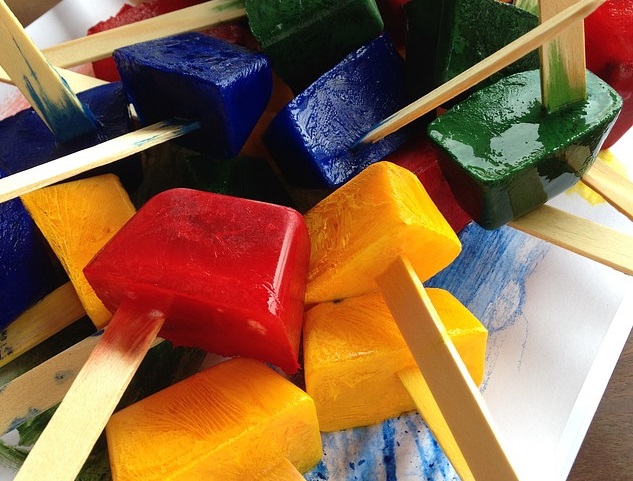
Worried sick about your feline friend?
Wondering if cats can munch on popsicles without causing any harm? 😺
Trust me, I understand.
You adore your furry companion and only want what's best for them.
But seriously, have you ever seen a cat licking a popsicle?
The thought alone can send shivers down your spine.
Well, hang tight, my concerned friend, because we're about to dive deep into this icy mystery together.
Let's unlock the truth, shall we?
Can Cats Eat Popsicles?
While popsicles made with cat-friendly ingredients can be a refreshing treat, it's best to avoid giving cats store-bought popsicles due to their high sugar content. Cats don't taste sweetness and fruit-based popsicles can lead to weight gain and diabetes. Opt for healthier treats instead.
Can cats eat popsicles?
Well, the answer is a little complex.
While popsicles made with cat-friendly ingredients such as pureed chicken or fish broth can be a refreshing and nutritious treat for your furry friend, there are some things to consider.
Moderation is key, as popsicles aren't inherently toxic to cats but their high sugar content can lead to obesity and upset stomachs.
It's best not to go overboard with these frozen treats.
In fact, it's generally not recommended for cats to consume popsicles, especially store-bought ones, as they may have negative effects on your cat's health over time.
Cats don't even taste the sweetness of popsicles, so it’s not necessary for their dietary needs.
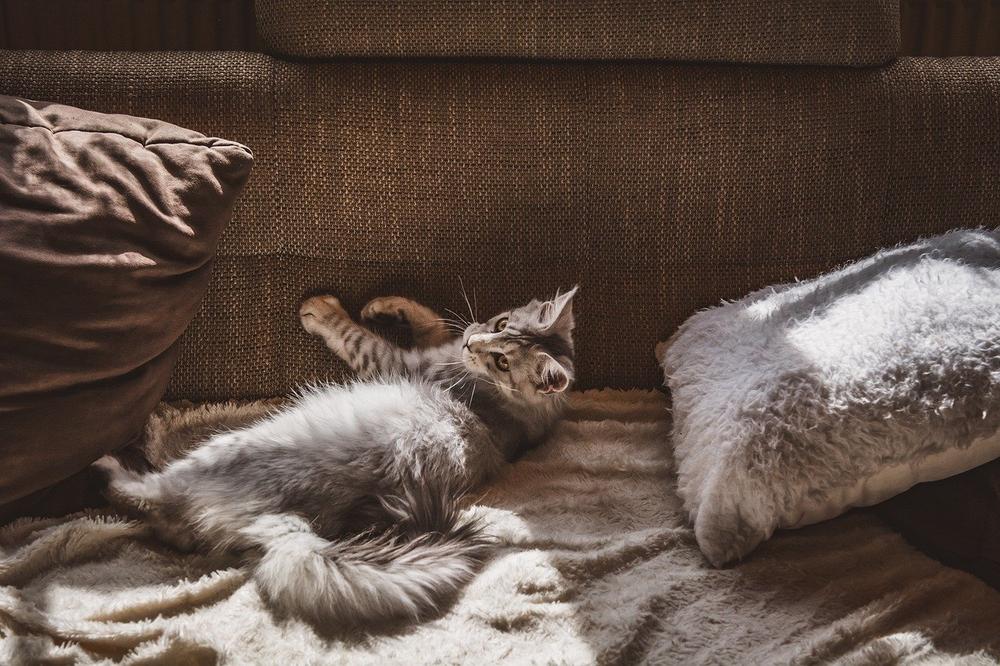
Furthermore, fruit-based popsicles high in sugars and carbohydrates can result in weight gain and feline type 2 diabetes.
We definitely want to avoid that!
Furthermore, milk-based popsicles may attract cats due to the fat and protein content in milk, however, most cats are lactose intolerant, so indulging in milk-based popsicles can cause digestive issues.
Instead, it's better to offer more suitable treats that align with your cat's dietary needs.
There are many healthy options available that won't pose any risks to your cat's well-being.
Oh, and don't forget, never give commercial popsicles made for humans to cats—just steer clear altogether.
Now you know the deal with cats and popsicles.
Keep this information in mind and make informed decisions when it comes to treating your feline companion. 🐱
Main points I'll expand upon further down this article:
- Monitor your cat closely while they eat popsicles to avoid choking or other risks.
- Popsicles are made of water, sugar, and flavoring agents, lacking nutrients.
- Cats should avoid popsicles with added sugars and artificial ingredients.
- Artificial sweeteners in popsicles can cause health issues for cats.
- Cats should avoid dairy products like ice cream popsicles due to lactose intolerance.
- Most cats are not interested in human popsicles or sweet flavors.
- Cats should primarily consume animal protein for a balanced diet.
- Chocolate, coffee, dairy, grapes, and chocolate ice cream are harmful to cats.
- Homemade frozen treats with safe ingredients are a better option for cats.
- Ice cubes can be used as a hydrating and cooling option.
Can Cats Get Brain Freeze From Eating Popsicles?
Cats and brain freeze?
Unclear.
You watch them closely after cold treats.
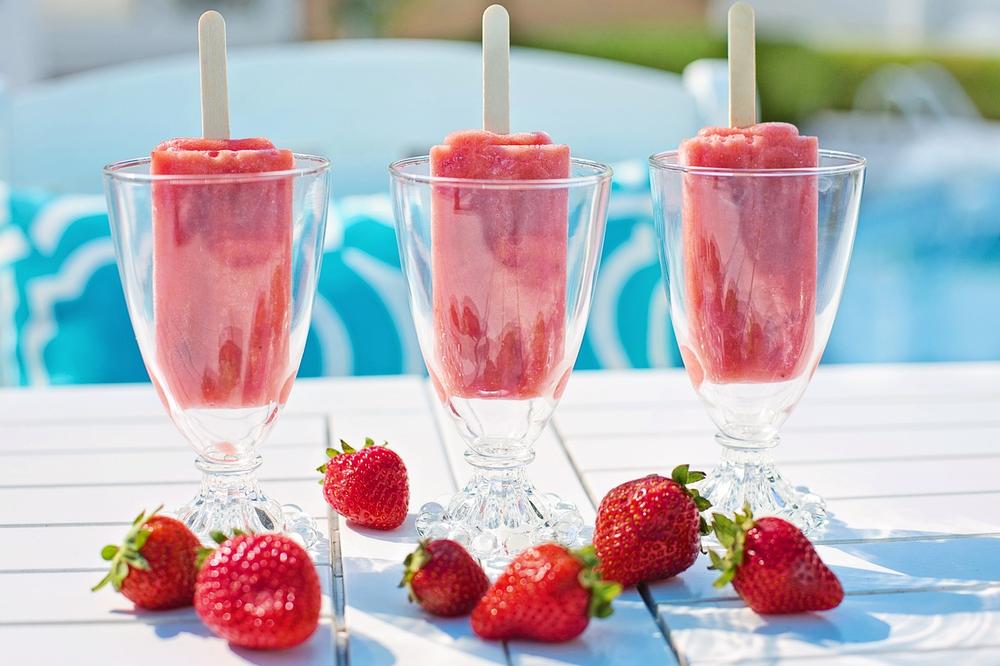
Some cats feel discomfort with popsicles, so keep an eye on them. If your furry friend seems uncomfortable, it’s best to stop feeding them the chilly delight.
By doing this, you make sure they don't choke or face any other dangers during treat time.
Give your cat the choice – let them decide if they want the icy goodness.
We simply don't know if cats can suffer from brain freeze like humans do.
What Are Popsicles Made Of?
Popsicles consist primarily of water or juice, sweetened with sugar and flavored with additives like fruit extracts and food coloring. However, some popsicles may contain artificial sweeteners that are toxic to cats, so caution is advised. While not nutritious, popsicles provide a refreshing way to cool off.
Popsicles are a refreshing treat, perfect for hot days.
But what's in them, you may wonder?
Simply put, popsicles are mainly made of water or juice.
They're sweetened with sugar and flavored with additives like fruit extracts and food coloring.
However, not all popsicles are safe for cats.
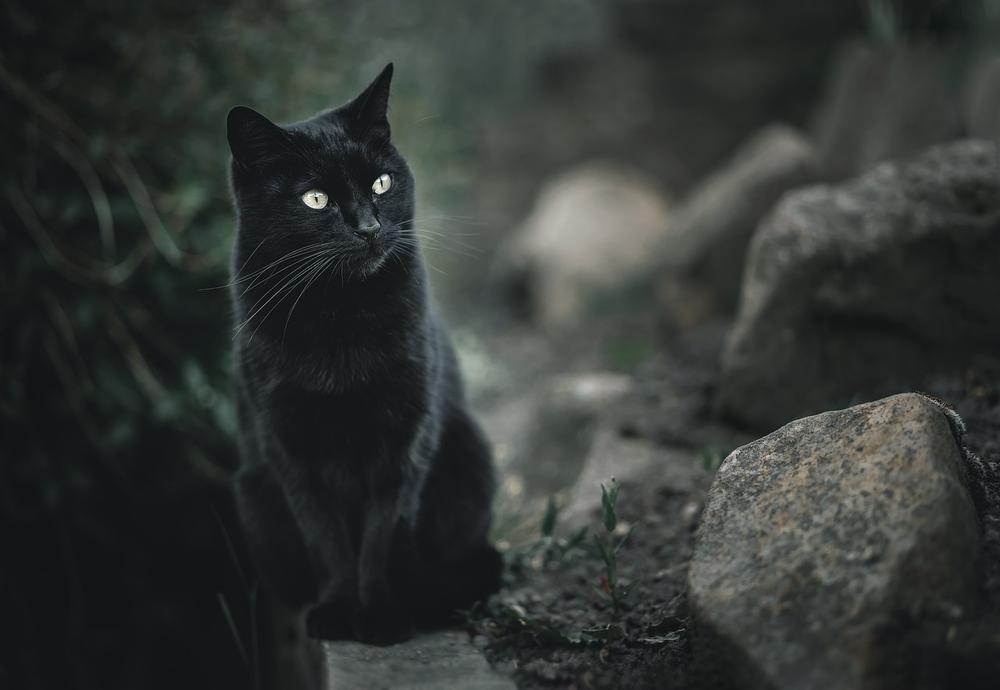
Some contain artificial sweeteners like xylitol, which can be toxic to our feline friends. So if you have a cat, be cautious about letting them enjoy this icy delight.
Let's talk nutrition now. Popsicles aren't exactly nutritious. In fact, they might even have harmful sugars and artificial ingredients.
BUT...they sure do quench your thirst on a blazing day!
So sit back, relax, and enjoy a popsicle to cool off.
Just remember, while popsicles may not offer health benefits, they'll definitely provide you with a bit of chilled delight.
But wait, before you reach for that tempting popsicle and offer it to your cat, there are a few things you need to know to keep your feline friend safe and healthy!
So, let's dive into the potential risks and why sharing this icy delight might not be the best idea...
Artificial Sweeteners & Popsicles
| Artificial Sweetener | Impact on Cats |
|---|---|
| Aspartame | Cats should avoid popsicles with aspartame due to potential kidney problems, poor eyesight, and headaches. |
| Sucralose | Cats should avoid popsicles with sucralose due to potential kidney problems, poor eyesight, and headaches. |
| Acesulfame Potassium | Avoid popsicles with acesulfame potassium as it may cause kidney problems, poor eyesight, and headaches. |
| Xylitol | Cats must never consume popsicles with xylitol as it is highly toxic and can be life-threatening. |
Let's get right down to the dirty details of artificial sweeteners and popsicles for cats.
Some popsicles might contain harmful artificial sweeteners like aspartame, sucralose, or acesulfame potassium.
Hold on tight!
Cats can't handle certain human treats like chocolate, onion, and garlic. And guess what?
Some popsicles sneak in these fake colors or sweeteners that are just plain bad for cats.
The main problem with popsicles for cats is their high sugar content and synthetic flavors.
Believe me, even a tiny bit can really mess up their stomachs.
Not good, huh?
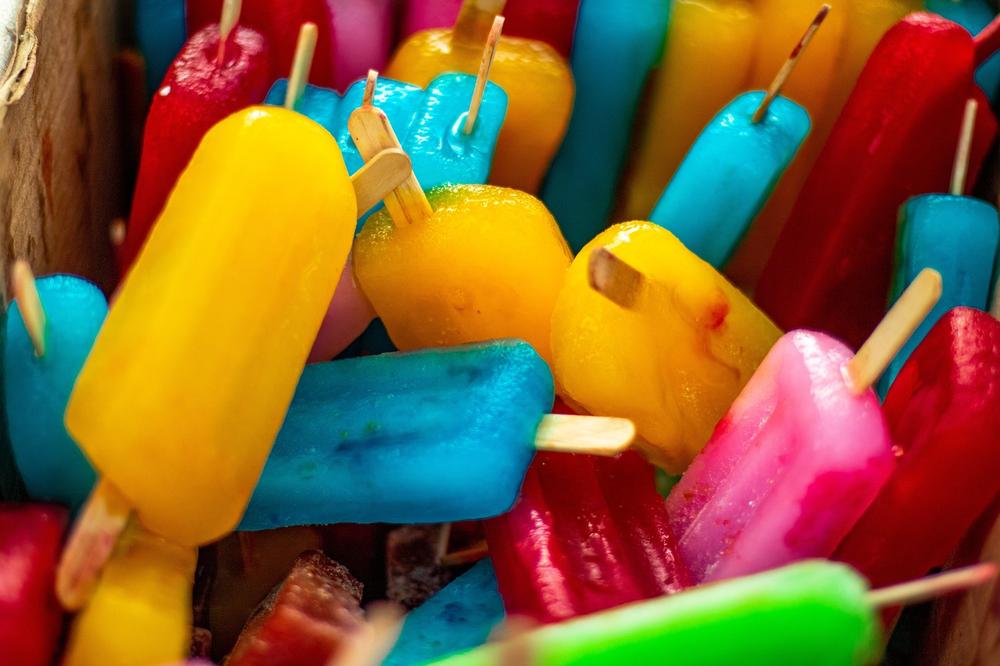
But wait, there's more.
Those sneaky artificial sweeteners might lead to serious health issues for cats in the long run.
We're talking kidney problems, poor eyesight, and headaches here.
Scary stuff!
Here's an important tip:
Xylitol is especially dangerous for cats, and it can be found in certain popsicles.
So, come on, pal, do your furry friend a favor and avoid sharing popsicles altogether.
Their well-being is at stake.
Cats already have enough trouble on their paws.
They don't need any additional popsicle complications, so skip 'em and enjoy those refreshing treats yourself.
Understanding Cats’ Digestive Systems
Cats have a sensitive digestive system and cannot tolerate lactose. You should be cautious while feeding them and avoid foods like popsicles that contain high sugar and milk content. Overconsumption can lead to weight gain and upset stomachs.
Cats have a delicate digestive system, unlike humans.
That's why you need to be cautious when feeding them.
Some foods we enjoy can be harmful to our feline friends.
Take popsicles, for example.
A little lick might be fine, but watch out for too much sugar and milk.
It can seriously upset Fluffy's tummy and even make them overweight.
Imagine the struggle of fitting into that scratching post!
And here's something critical to know:
Cats can't tolerate lactose.
So forget about sharing your ice cream popsicles with them!
You don't want your furry buddy rushing to the litter box, right?
When it comes to human food, you have to use common sense for cats.
While some treats are okay, stay away from dairy products like milk and ice cream.
They can cause stomach issues and diarrhea for Mr. Whiskers.
So keep those popsicles all to yourself – your kitty will appreciate it!
And now, let me address a question you might have: Can cats safely consume ice cream? If you're curious about the potential risks and alternatives, I highly recommend checking out my helpful article, Can Cats Eat Ice Cream.
In this guide, you'll find all the information you need to make informed decisions when it comes to your feline friend's diet.
Take a moment to satisfy your curiosity and learn more about this intriguing topic.
Trust me, it's worth the read!
Do Cats Like Popsicles?
Do cats actually like popsicles?
Well, let's find out.
- Cats are not attracted to popsicles: Due to their carnivorous nature, cats tend to have limited interest in human food and popsicles designed for humans are typically not on their list of favorites.
- Sweet flavors may not appeal to cats: Most cats do not have a strong preference for sweet flavors, which means that the fruity and sugary taste of popsicles may not catch their attention.
- A carnivorous diet affects taste buds: Cats cannot taste sweet flavors due to their natural inclination towards meat-based diets, so fruit-based popsicles might not be appealing to them either.
- Digestive issues can arise: The high sugar and milk content often found in popsicles, particularly vanilla ice cream varieties, can lead to digestive problems in cats if consumed in large quantities.
- Consider cat-friendly alternatives: Instead of offering your cat a popsicle, you could try freezing cat-friendly treats or making your own popsicles using ingredients that are safe for cats.
So, while cats might not show much interest in popsicles, there are plenty of other ways to treat them and keep them cool during hot summer days.
Remember to prioritize their health and dietary needs when choosing snacks for your furry friends!
Listen closely, because this is the secret sauce: Further down the blog post, I'll share how you can make your own frozen cat treats at home. So keep reading to discover some delicious and safe options for your furry friend!
But wait, there's more!
If you thought those cat-friendly frozen treats were exciting, just wait until you discover the creative ways you can incorporate these ingredients into homemade popsicles that your feline friend will absolutely love.
Intrigued?
Keep reading to find out!
Alternative Foods to Popsicles for Cats
Here's a bunch of ideas for frozen snacks you can try giving your cat instead of popsicles:
- Tuna cubes are always a hit with cats. Freeze small pieces of canned tuna to give them a refreshing cool-down on hot days.
- Freeze some salmon juice in an ice tray or popsicle molds for a tasty and cooling treat that your feline friend will love.
- Yogurt bites made from low-fat yogurt can be a great choice as well. Just make sure it doesn't have any fake sweeteners or added sugars.
- If you have some cooked meat, like chicken or turkey, cut it into little bits and offer it to your kitty. It'll be delicious and help keep them hydrated too.
- Another option is freezing some hard-boiled eggs or poached fish to serve as a healthy snack during the summer months.
- You can also freeze some carrots or pumpkin for an extra crunch and hydration boost. Both veggies are safe for cats to eat.
Of course, there are some foods you should avoid giving your cat, such as dairy, grapes, chocolate, donuts, chickpeas, and cereal.
Stick with the options I mentioned earlier to provide your furry companion with a variety of yummy and safe frozen treats. 😺
Making Your Own Frozen Cat Treats at Home
Making your own frozen cat treats at home is not only fun, but it also allows you to have control over what your furry friend consumes.
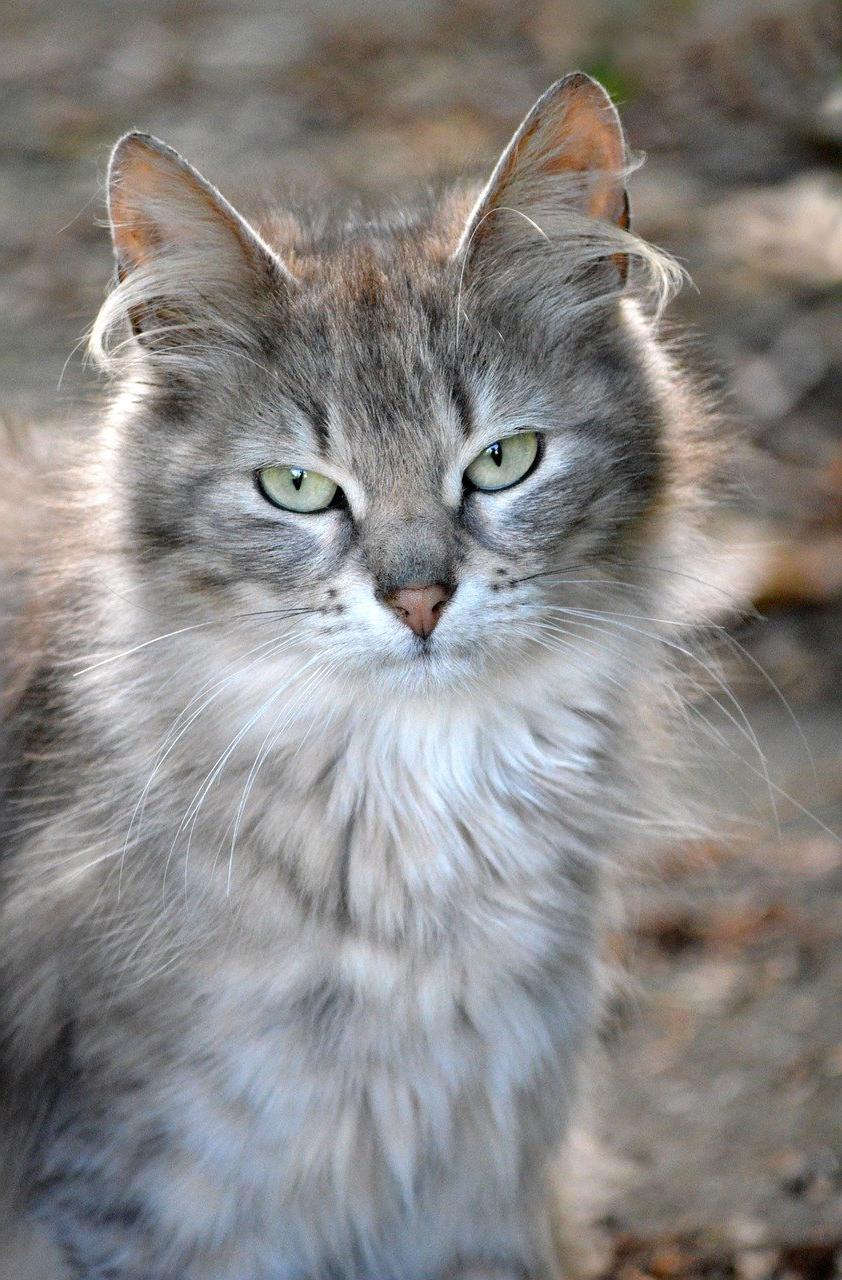
Here are some practical tips for creating these delightful "catsicles":
- Use tuna as a base ingredient: Cats love the taste of tuna, and it's a great source of protein for them. You can mix tuna with water or low-sodium chicken broth to create a tasty and nutritious popsicle.
- Add in some cat treats: For an extra special treat, crumble some cat treats into the mixture before freezing. This will add more flavor and texture that your cat will enjoy.
- Try using low-fat yogurt: If your cat enjoys dairy, you can substitute some or all of the liquid (water or broth) with low-fat yogurt. Just be sure to choose a variety that doesn't contain any artificial sweeteners, as those can be harmful to cats.
- Don't forget about water: Sometimes, all your cat needs is some good old fashioned hydration. You can freeze plain water into ice cubes and offer them to your cat on hot days to help keep them cool and hydrated.
- Keep an eye on your cat: While catsicles can be a refreshing treat, make sure to supervise your cat while they eat them. Some cats may chew too aggressively on the popsicles which could cause tooth damage.
By creating homemade frozen snacks for your cat, you can guarantee your furry companion's happiness and good health while they indulge in a tasty and refreshing treat.
And that wraps up today's article.
If you wish to read more of my useful articles, I recommend you check out some of these: Can Cats Eat Popcorn, Can Cats Drink Lemon Water, Can Cats Drink Chocolate Milk, Can Cats Drink Soda, and Can Cats Eat Corn Bread
Talk soon,
-Sarah Davis